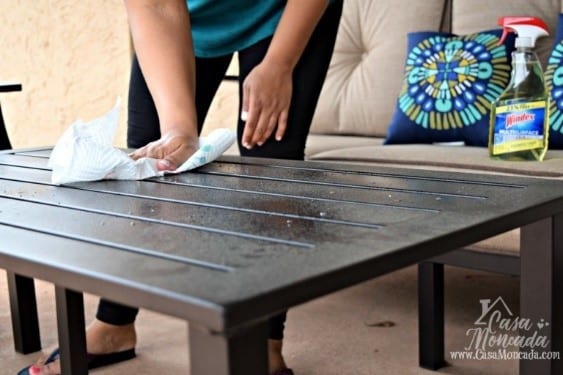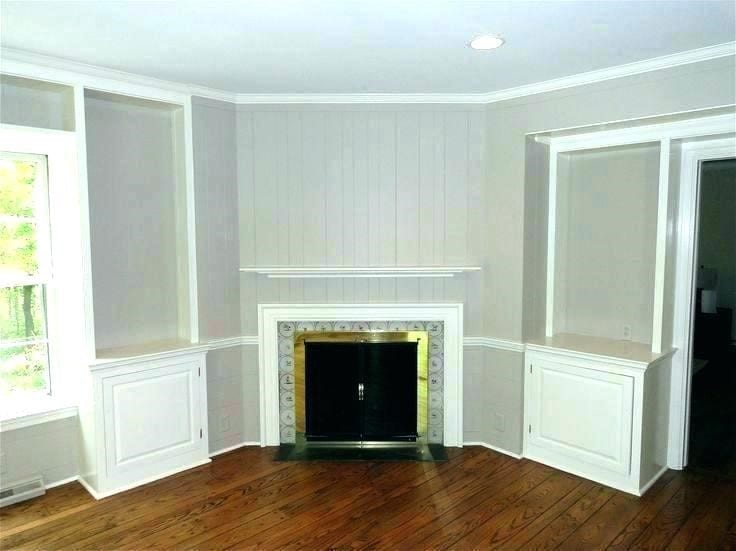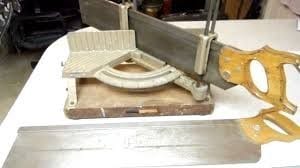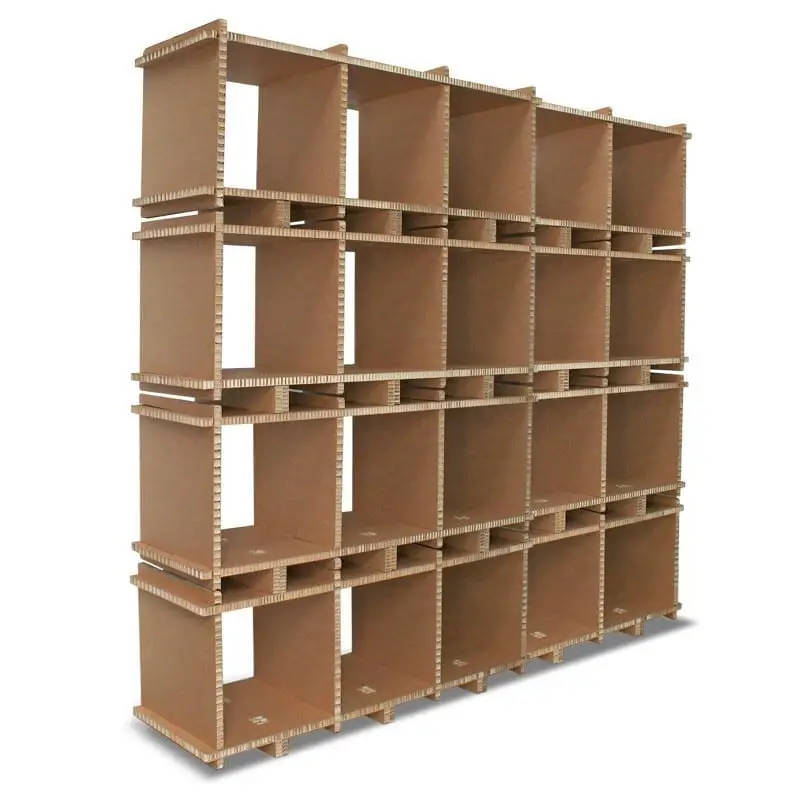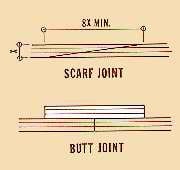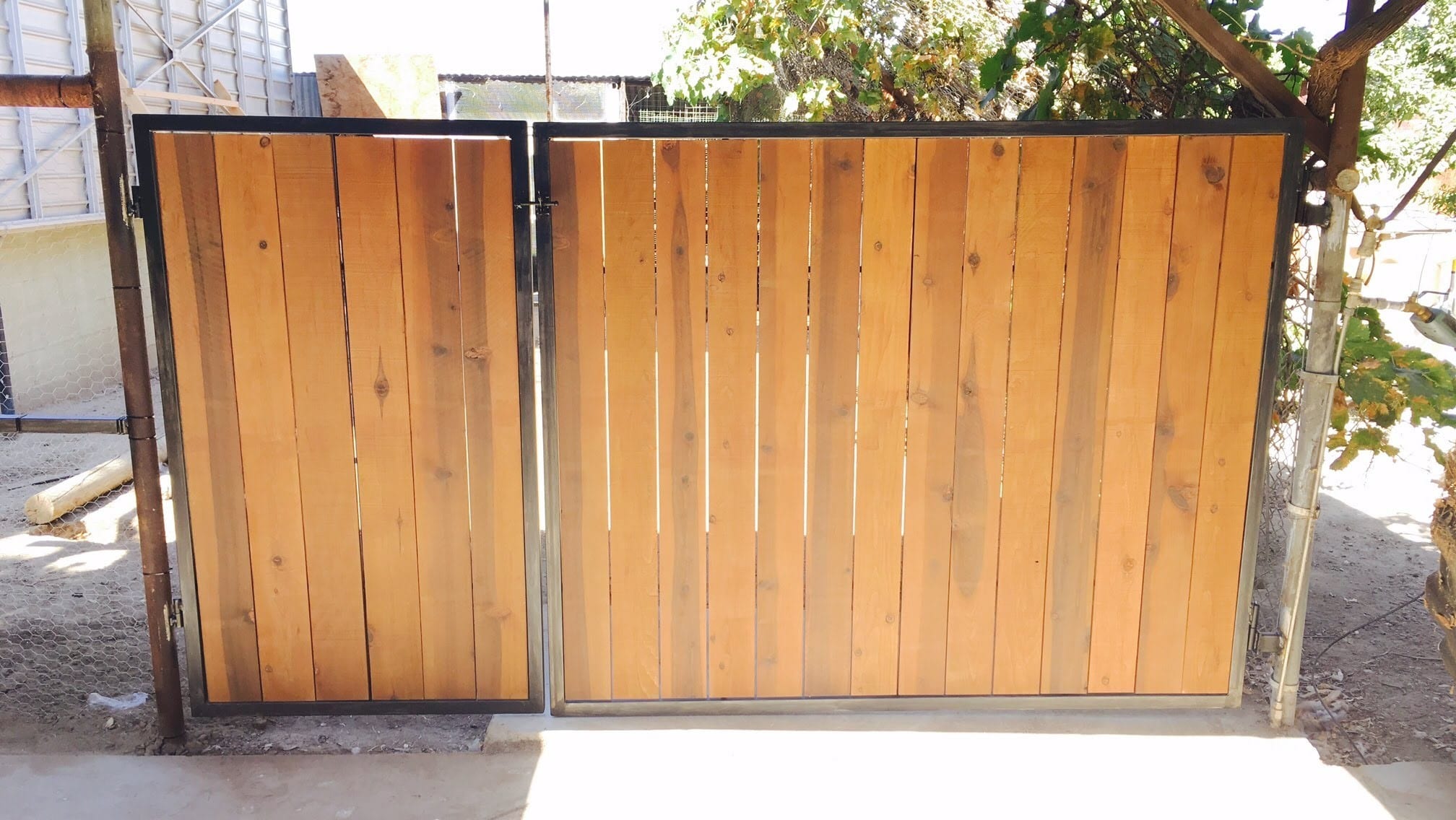Windex is a glass cleaner trademark that is also used in other cleaning applications. The manufacturer labeled Windex as a very effective cleaner for window glass as well as other hard surfaces.
But, can you use Windex on wood?
Windex is a popular floor cleaner gaining many positive responses. Let’s find out if this ammonia and an alcohol-based product is suitable for wood.
Why Use Windex on Floors?
Windex contains ammonia, which is a wax stripper. It is best used to remove acrylic waxes present on hardwood floors. While a glass cleaner is specifically formulated to clean glass, Windex has already become a popular and common floor cleaner, even a trendy wood floor cleaner.
The culprit of filmy mess can be a floor and in order to get rid of the filmy build-up, you can use Windex which is an inexpensive and viable solution.
For a wood coated with a hard surface, like wooden furniture, Windex is completely harmless. If it is sprayed on and kept dry, it will leave a water spot, which could be cleaned off. It won’t damage your furniture when used as a cleaner.
Windex is quite dilute so as not to leave any residue on windows because heavier-duty spray leaves offensive marks or smears on a window. The same amount of residue is left on the furniture which is not detectable.
Is There a Possibility of Furniture Damage?
Windex is not going to damage your wooden floor, furniture, appliances, or anything else. Remember that Windex is not formulated for heavy-duty cleaning. There are many ways recommended for using Windex most especially on sealed hardwoods and not all of these methods are safe for the lifespan of wood floors.
One most common method is mixing Windex with warm water in a bucket. Of course, you really don’t want to put water on wood floors. Even if the mop is slightly damp, you’ll be rushing to do dry towel drying to your floors after. But this is an incorrect method.
What is the Best Way to Use Windex?
A better way of using Windex is spraying it on a microfiber mop. Don’t spray it directly on a polyurethaned wood floor. Otherwise, you’ll leave standing liquid on the floor. Once you have spread the mop with Windex around, wipe it off and let it dry completely. Don’t use any water, rather, it should be pure and straight Windex.
When it comes to spotting cleaning, use a soft sponge or paper towel instead of a microfiber mop. This technique is good for lifting film and attracting dust. Some people actually hand scrub their floors with Windex. This is also effective but you’ll need to expend too much energy doing it, most especially for large areas.
Many people have switched to Windex and made it as their all-purpose floor cleaner permanently. As long as it’s done without any water, this is completely fine.
However, you need to only use it for removing a filmy residue. Always using an ammonia-based cleaner on your wooden floors may eventually eat your wood floor finish.
Tips and Tricks When Using Windex
You can use Windex as a disinfectant cleaner to bring out the streak-free shine on your floor. It will leave your wooden floor shine and clean without dull residue. It kills 99.9% of bacteria and germs on hard and non-porous surfaces. Don’t mix Windex with water on wooden surfaces.
Wear protective gears when using Windex like gloves and mask. The chemicals present in Windex may cause skin irritation, burns, blurred vision, and shortness of breath. The ammonium hydroxide may cause vomiting and abdominal cramping upon ingestion. Read the label very carefully to know the proper instructions and emergency solution in case of accidental swallowing.
Conclusion
Yes, you can use Windex on wood but this should only be done to remove the filmy residue left by oil-based waxes and cleaners. Never regularly use Windex or any ammonia-based product on your wooden floor because these may just strip the finish.
Do you like this post? Feel free to like and share, as well as leave your comment below to share your thoughts, experiences, and for any questions. We would love to hear from you.
